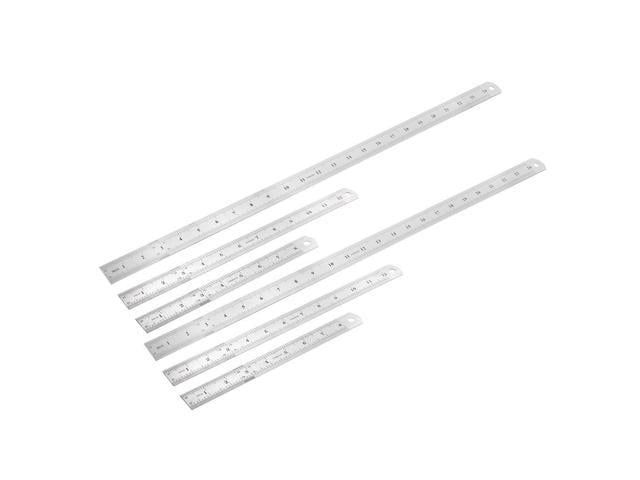Excerpt from The Hermes of Praxiteles and the Venus Genetrix: Experiments in Restoring the Color of Greek Sculpture
The value of the testimony of these little terra - cotta figures in regard to the coloring of marble sculpture has often been disputed. It is argued that the archaeologist of the future might just as safely draw inferences from Dres den or Sevres figures as to the color of the sculpture of the present. This is perfectly true if the question at issue be whether the larger forms of sculpture were colored at all. But granted that this fact has been proved admitting not only that we have indisputable evidence that the mar ble statues were colored, but that scraps of color have been found upon them which correspond in character with those seen on the same parts of terra-cottas of the same period, then, it seems to me, we are warranted in assuming that the other portions of the marble statues, as to which direct evidence is lacking, were treated in the same taste, as te gards the quality and combination of colors. And if, in what color remains upon them, the marble statues agree in one important particular not only with the terra - cottas but with the figures in wall-paintings, we certainly have good reason to believe that the Greeks had a common scheme for the coloring of their figures, whether large or small, sculptured or painted; and in default of evidence to the contrary we are justified in applying what we learn from one of these forms of art to either of the others, for any points on which their own evidence is lost.
About the Publisher
Forgotten Books publishes hundreds of thousands of rare and classic books. Find more at www.forgottenbooks.com
This book is a reproduction of an important historical work. Forgotten Books uses state-of-the-art technology to digitally reconstruct the work, preserving the original format whilst repairing imperfections present in the aged copy. In rare cases, an imperfection in the original, such as a blemish or missing page, may be replicated in our edition. We do, however, repair the vast majority of imperfections successfully; any imperfections that remain are intentionally left to preserve the state of such historical works.















